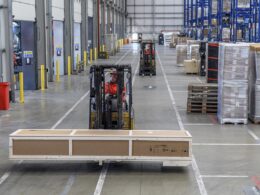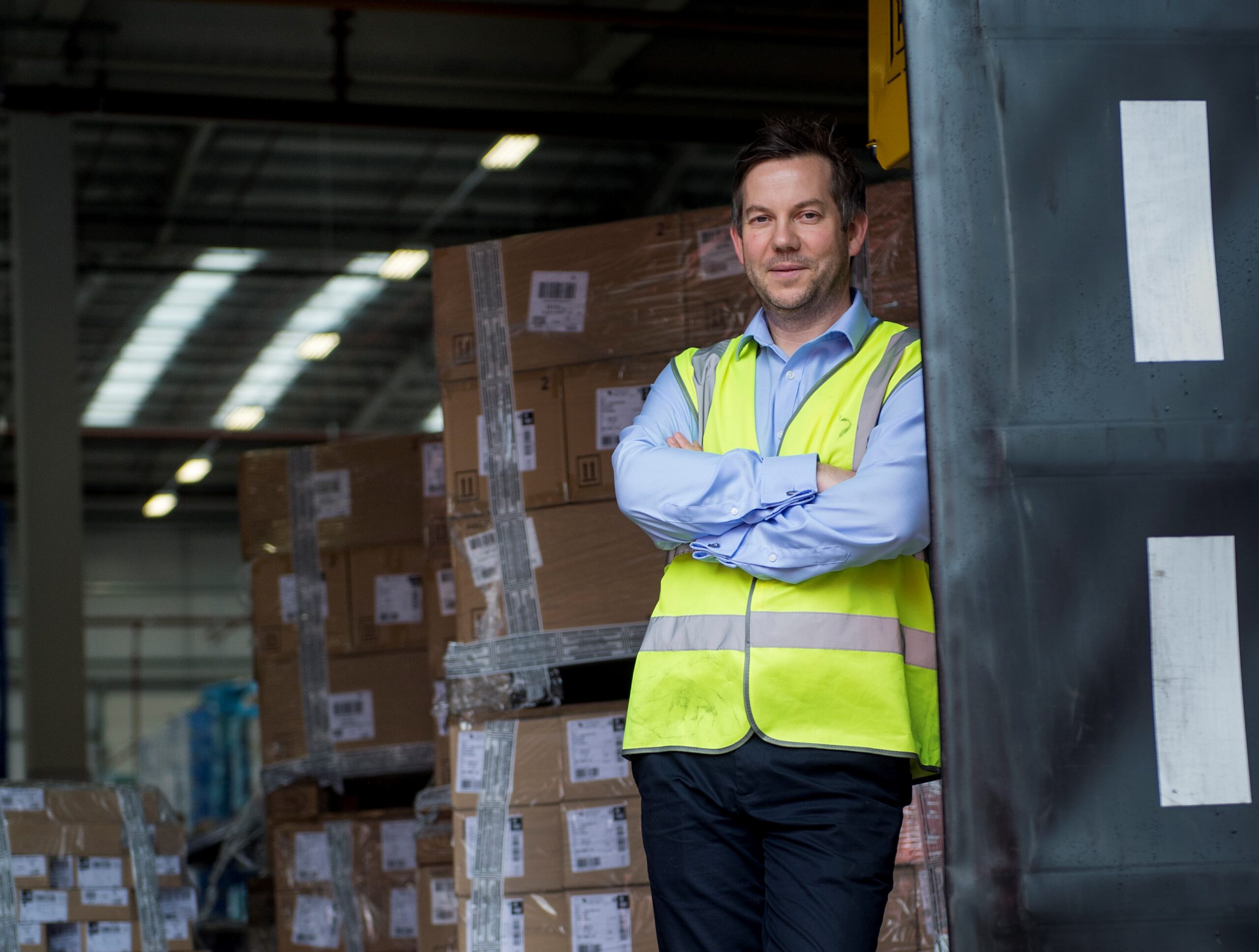The European market has undergone a whirlwind of changes over the past year, and with almost every industry affected by wave, the logistics industry is no exception.
With changes in regulation, some industry experts fear we could see lorries stacked up on motorways outside ports, because all containers going across the new EU border will now need to be checked, where in the old system they would be waved through. However, as advancements in technology continue to streamline processes across the world, we examine how Internet of Things (IoT) technologies may help to obviate these problems.
Technology is crucial to businesses realising efficiencies. Ultimately, the key to supply chain efficiency is greater visibility over operations – and technology has the power to deliver this. The embedding of everyday objects with electronics, software, sensors, and network connectivity enables the ‘internet of things’ to create, collect and exchange data during interactions, all on a network that allows things to intelligently talk to each other, and to controllers. With supply chain transparency now an expectation, it is no longer enough to know a shipment left one place and arrived at another – customers want to know the status of their goods throughout the journey.
With these intelligent transmissions happening continuously, information about the truck and its cargo is available at any time, providing both real time updates for customers, and reducing the need for manual assessment of the cargo at check points. Sensors in trucks, on pallets or in connected containers can measure everything from temperature, to motion, location, separation, intrusion, shock, vibration, fall, breakage, pressure and weight, meaning drivers and border control officials will know much more quickly if the load changes in any way from the condition in which it set off – ultimately speeding up the entire journey.
Sensors can also be placed inside the truck that detect sunlight, sending notifications to the driver if doors are opened or the truck is breached in any way. Similarly, carbon dioxide sensors can immediately pick-up traces that indicate unauthorised human presence amongst the cargo.
Information can either be directly accessed, or when a change in status occurs, a notification pinged to a handheld mobile device to alert the driver to the issue, allowing them to correct it immediately – massively reducing delays through checkpoints and ensuring on time delivery of goods.
Sensors inside the truck can monitor the temperature within the vehicle to ensure it remains consistent when transporting perishable items, and doesn’t affect the state of goods inside. In most cases, sensors can ping information to the cloud, triggering the central control system to automatically change the temperature if it dips or increases. Alternatively, sensors will directly alert the driver to the change in temperature, or shift in goods composition, so the issue can be addressed as it happens. This enables drivers to be more proactive about ensuring the quality of goods being transported, rather than discovering issues upon arrival – which can have a huge impact on rates of returns and refunds.
In short, information sharing is key to the future of the logistics industry. Both employees and customers have become accustomed to accessing information immediately in their day to day lives – they won’t expect it to be any different when it comes to their work lives. IoT technology is the solution that facilitates quick, up to date, information sharing that logistics experts need in order to be as knowledgeable as possible about what they are transporting. The IoT is proving integral to the future of freight management, to not only keeping goods in transit as fresh as possible and reducing delays, but also in keeping employees informed.
Borders may continue to change, but with new advances in technology, the logistics industry will continue to come up with innovative solutions for sharing information and for ensuring the speedy and safe delivery of goods.
Justine Clark, Transport and Logistics Marketing Manager, Honeywell Safety and Productivity Solutions













